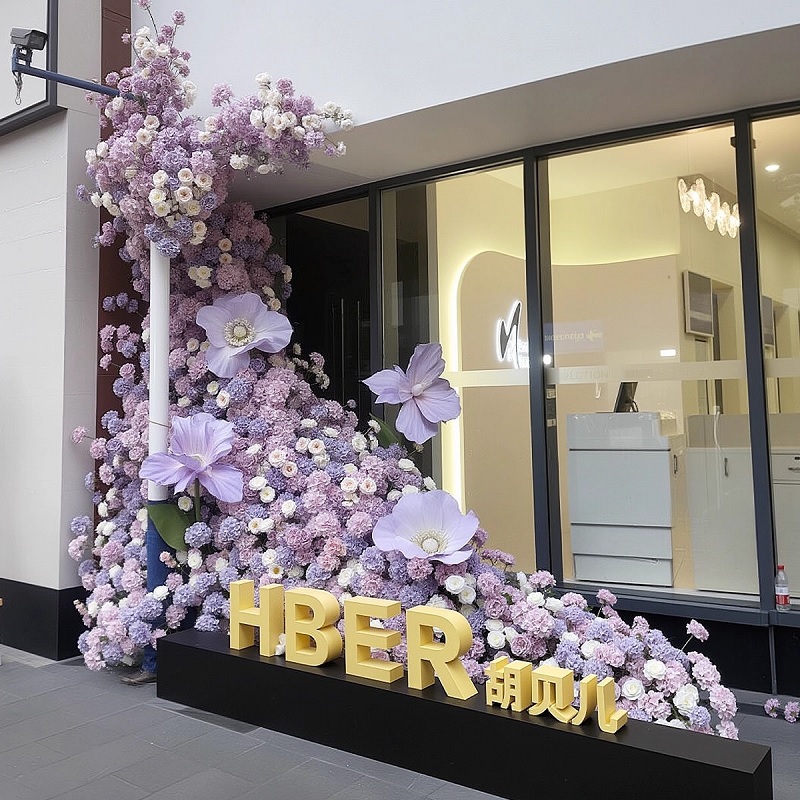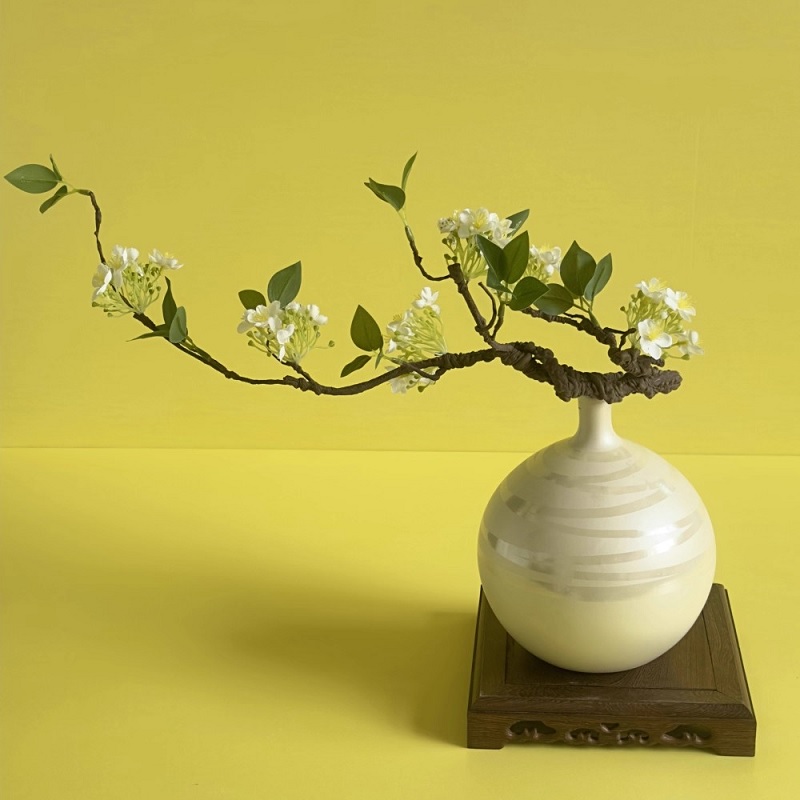Introduction:
Artificial palm trees are a common indoor decoration that can bring a tropical vibe and natural atmosphere to indoor spaces. So, how exactly are these realistic artificial palm trees made? This article will introduce the manufacturing process of artificial palm trees, giving you a glimpse into the mystery behind them.

Main Body:
Step 1: Material Selection and Preparation
The production of artificial palm trees first requires selecting suitable materials. Common materials include metal wire, plastic, polyester fiber, and silicone. Metal wire is used to construct the skeleton of the trunk, while plastic and polyester fibers are used to make the leaves, and silicone is used to create the surface texture of the trunk.
After selecting the materials, related tools and equipment, such as scissors, pliers, and hot glue guns, also need to be prepared.
Step 2: Constructing the Trunk Skeleton
The trunk is the supporting structure of the artificial palm tree, determining its overall stability and shape. First, bend the metal wire into the desired trunk shape, ensuring sufficient stability. Then, fix the metal wire to the base of the trunk, ensuring it is vertically stable.
Step 3: Making the Leaves
The leaves are a key part of the artificial palm tree, determining the appearance and realism of the tree. Using plastic or polyester fiber can achieve a realistic effect. First, determine the required number of leaves based on the length and shape of the trunk. Then, use scissors to cut the plastic or polyester fiber into the appropriate shapes and sizes. Attach the cut leaves to the branches of the trunk using hot glue, ensuring even distribution and a natural draping effect.
Step 4: Painting the Trunk
Painting the trunk can increase the realism of the artificial palm tree. Silicone can be used to simulate the texture and feel of the trunk. First, apply a layer of silicone to the surface of the trunk and use a brush or tool to spread it evenly. Then, use a scraper or other tool to create texture and detail on the surface of the trunk. Tree bark texture can be molded using tools while the silicone is not fully dry, making the artificial palm tree more realistic.
Step 5: Decorating the Trunk
To increase the realism and aesthetic appeal of the artificial palm tree, decorations can be added to the trunk. For example, jute rope, artificial vines, or decorative detail items can be used to create a tropical atmosphere. Cleverly attach these decorations to the trunk to coordinate with the leaves and overall style.
Step 6: Adjusting the Shape and Posture
The shape and posture of the tree are aspects that require special attention when making artificial palm trees. According to design requirements and practical needs, the shape and posture of the tree can be changed by adjusting the bending degree and angle of the metal wire. Based on personal preferences and spatial requirements, a naturally drooping, swaying palm tree image can be created.
Step 7: Stabilizing the Tree
To ensure the stability of the artificial palm tree, the tree body needs to be fixed to a solid base. Cement or other stable materials can be used as the base, inserting the trunk into it and fixing it with appropriate methods.

Conclusion:
Through the above steps, we can make realistic artificial palm trees. From material selection and constructing the trunk skeleton to making leaves, painting the trunk, and decorating the tree body, each step requires careful design and meticulous operation. The produced artificial palm trees can not only add a tropical vibe to indoor spaces but also create a natural atmosphere. We hope this article provides some inspiration for the process of making artificial palm trees, allowing you to create your own tropical paradise at home.
Contact us Catgory Information
008 613539990461 flower@bubble-wish.com Artificial trees (Retail) Contact us Terms&Conditions
Open 9:00 am to 6:00 pm /mon -Fri Artificial flowers(Wholesale) Blog&News Cookie Policy
CopyRight © bubble wish 2023-2025 Privacy Policy Return Policy


















































